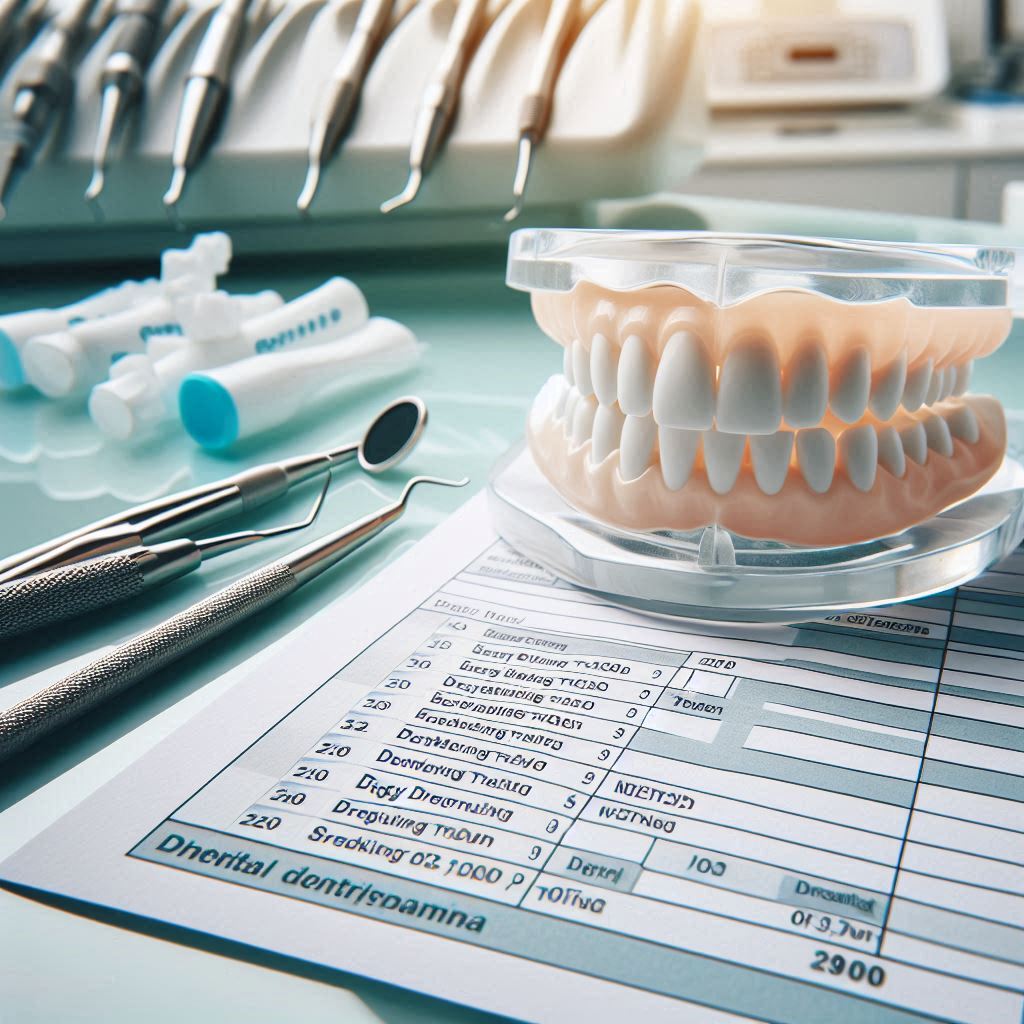Dental Codes for Whitening Trays
A bright, white smile is one of the most sought-after cosmetic dental treatments today. Among the various teeth-whitening methods available, custom whitening trays stand out for their effectiveness, convenience, and long-term results. However, dental professionals often face challenges when it comes to proper coding, billing, and insurance reimbursement for whitening tray procedures.
This comprehensive guide will explore everything you need to know about dental codes for whitening trays, including:
- The most up-to-date Current Dental Terminology (CDT) codes
- Step-by-step fabrication processes
- Best practices for documentation and billing
- Insurance considerations and legal compliance
Whether you’re a dentist, hygienist, or dental office manager, this article will provide valuable insights to streamline your whitening tray services and maximize patient satisfaction.

2. Understanding Dental Whitening Trays
What Are Whitening Trays?
Whitening trays are custom-fitted dental appliances designed to hold bleaching gel against the teeth for a prescribed period. They are typically made from flexible plastic and can be used at home under professional supervision.
Types of Whitening Trays
| Type | Description | Pros | Cons |
|---|---|---|---|
| Custom Trays | Made from dental impressions for a perfect fit | Better gel retention, reduced gum irritation | Higher cost, requires dental visit |
| Pre-Fabricated Trays | One-size-fits-all or boil-and-bite trays | Lower cost, easily accessible | Poor fit, uneven whitening, gum sensitivity |
Benefits of Custom Whitening Trays
- Precision Fit: Minimizes gel leakage and gum irritation.
- Controlled Whitening: Allows for adjustable treatment duration.
- Longevity: Can be reused for touch-ups.
3. Dental Codes for Whitening Trays: A Complete Breakdown
Key CDT Codes for Whitening Trays
- D1999 – Unspecified whitening procedure (often used for custom trays)
- D9972 – External bleaching for home application (includes tray fabrication)
- D9973 – In-office external bleaching (separate from tray fabrication)
Insurance Coverage Considerations
Most dental insurance plans classify whitening as a cosmetic procedure, meaning it is often not covered. However, some PPO plans may offer partial reimbursement if medically necessary (e.g., for intrinsic staining).
4. Step-by-Step Process for Fabricating Whitening Trays
- Patient Assessment – Evaluate tooth shade, gum health, and existing restorations.
- Impressions/Scanning – Take physical impressions or digital scans.
- Tray Fabrication – Either in-office (using vacuum-forming machines) or via a dental lab.
- Patient Instructions – Educate on proper gel application and wear time.
(Include high-quality images of tray fabrication steps.)
5. Billing and Coding Best Practices
- Always use the most specific CDT code (e.g., D9972 for take-home whitening kits).
- Document medical necessity if submitting to insurance (e.g., tetracycline staining).
- Avoid unbundling – Tray fabrication is typically included in D9972.
6. Legal and Ethical Considerations
- Follow ADA guidelines for safe bleaching concentrations.
- Obtain informed consent for potential side effects (tooth sensitivity, gum irritation).
7. Comparing Whitening Trays to Other Methods
| Method | Effectiveness | Cost | Duration |
|---|---|---|---|
| Custom Trays | High | $$$ | 1-2 weeks |
| Whitening Strips | Moderate | $ | 2-4 weeks |
| In-Office Laser | Immediate | $$$$ | 1 visit |
8. Frequently Asked Questions (FAQs)
Q: Can I bill medical insurance for whitening trays?
A: Rarely, unless medically necessary (e.g., post-traumatic staining).
Q: How long do custom whitening trays last?
A: With proper care, 1-3 years.
Q: What’s the difference between D9972 and D1999?
A: D9972 is specific to take-home bleaching, while D1999 is a general code.
9. Conclusion
Whitening trays remain a highly effective and patient-preferred teeth-whitening solution. Proper coding (D9972, D1999), documentation, and insurance handling are crucial for seamless practice operations. By following this guide, dental professionals can optimize whitening tray services for both clinical success and financial efficiency.
10. Additional Resources
- ADA CDT Code Manual
- Journal of Cosmetic Dentistry – Whitening Trends
- FDA Guidelines on Tooth Bleaching


